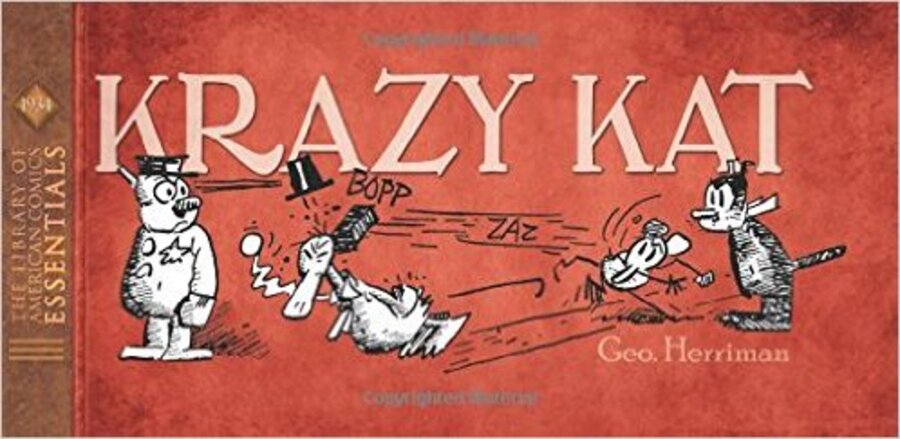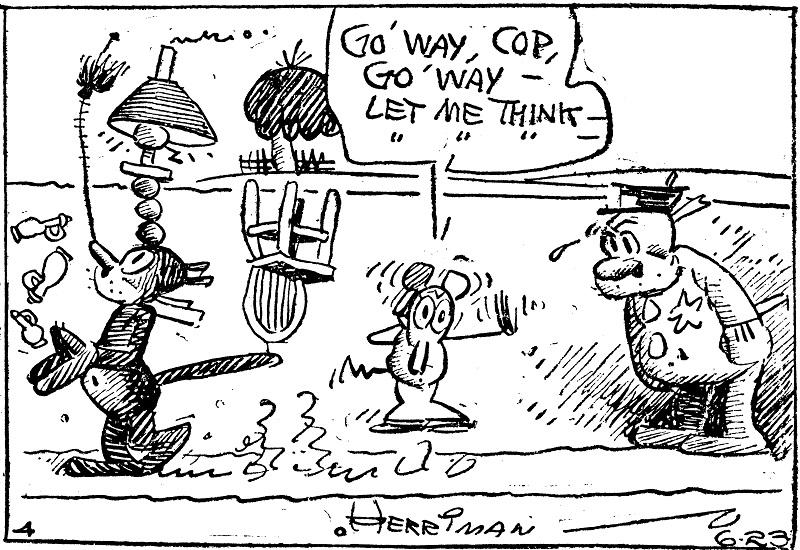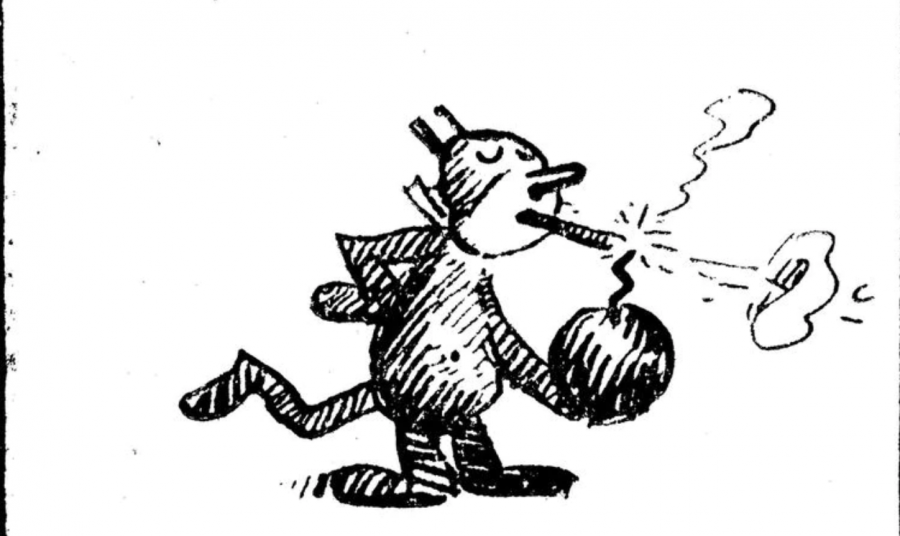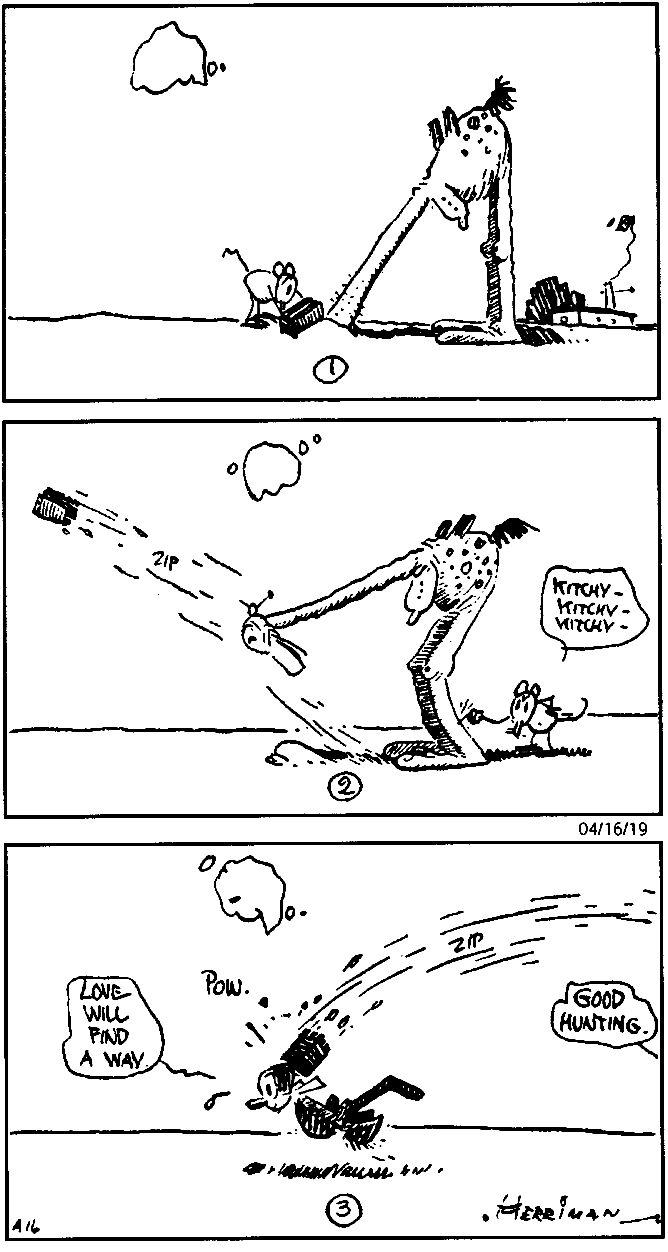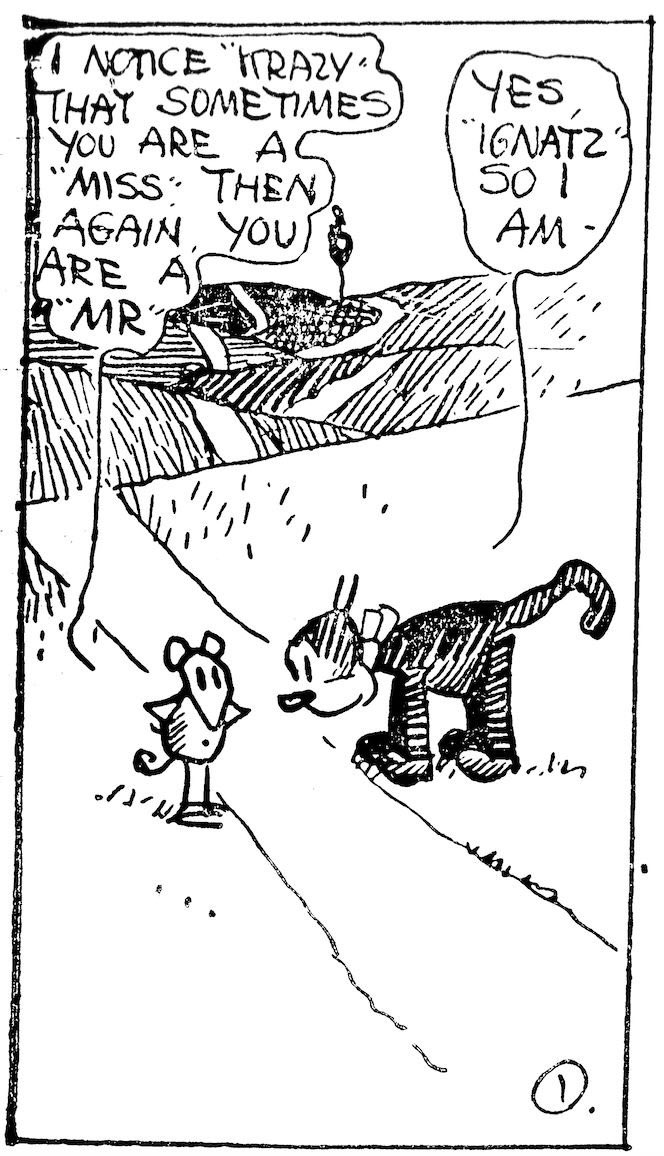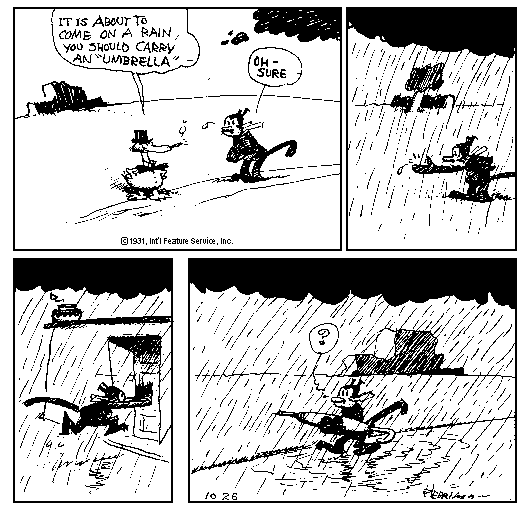French Avant-Garde Tradition and Surrealism - Critical Theory ...
Symbolism to Surrealism: Dreams, Madness, Insurrection. Checklist and ... “They shut up Sade, the shut up Nietzsche; they shut up Baudelaire. The method ...
Figaro. This text marks the global acceptance of Baudelaire's concept of ... At the end of what may be considered the closure of productive Surrealism, in the.
“High Modernism”: The Avant-Garde in the Early 20th Century
Web res
Really Simple Surrealism | Monroe County Public Library ...
https://mcpl.info › blogs › information-answers-reviews › really-simple-sur...
Sep 28, 2017 - Surrealism has its roots in the French Symbolist poets of the late nineteenth century: Rimbaud, Lautréamont, Baudelaire, Paul Valéry, Stéphane ...
... Bosch and James Ensor and from the writings of Charles Baudelaire, Arthur ... The Surrealist movement was from the beginning in a constant state of change ...
FROM ROUTLEDGE HISTORY OF MODERN FRENCH THOUGHT
SURREALISM
Surrealism was a literary and artistic movement originating in Paris in the early 1920s. It rejected social, moral, and logical conventions and sought to revolutionize art, literature, and life in the name of freedom, desire, and revolt. It emerged from the social upheaval of post–First World War Europe (the term was invented by Apollinaire in 1917) and more especially from Dadaism, founded in Zurich in 1915, which rejected traditional Western values and promoted the irrational and the absurd through a series of “antiartistic” events based on provocation and profanation. In 1922, a group around Breton broke with the negative tactics of Dada, whose scandals were running the risk of becoming institutionalized, in order to explore a positive form of revolt. The year 1924 marked the official launch of the movement, with Aragon’s Une vague de reˆves (A Wave of Dreams) that charts the activities of the group, Breton’s first Manifeste du surre´alisme 612 0160$$000S 11-26-03 13:31:36 (First Manifesto of Surrealism) that defines its philosophical principles, and the launch of the surrealist journal La Re´volution surre´aliste (The Surrealist Revolution). Combining Rimbaud’s injunction to “Change life,” Marx’s “Transform the world,” and the Marquis de Sade’s libertarian ethos, the surrealists sought the liberation of the individual and the transformation of society. They were active in the fields of art, literature, film, philosophy, and politics. Above all, however, they formed “a community of ethical views” (Toyen). The mostly male group was made up of writers (Aragon, Artaud, Cahun, Desnos, Eluard, Pe´ret, Soupault, and others) and artists (including Dali, Ernst, Magritte, Malkine, Miro´, later Dominguez, Matta, Paalen), although its membership fluctuated with ideological and personal conflicts and crises, leading to defections and exclusions, as well as new directions for the group. In the 1930s it gained an international dimension with groups in countries such as Belgium (Magritte, Delvaux), Czechoslovakia (Styrsky, Toyen), Egypt (Henein), England (Nash, Penrose), Latin America (Paz), Martinique (Ce´saire), and Yugoslavia (Ristich). The “heroic period” (Nadeau) of surrealism lasted until 1940, when several of its members, including Breton, went into exile to escape occupied France, although surrealist activities continued during the war years in New York, Mexico, and Paris. The group was reformed after 1945 with a new generation of members (including Be´douin, Mansour, Pierre, and Schuster). Following Breton’s death in 1966, the group was “auto-dissolved” in 1969. Surrealist groups continue to be active, however, in cities like Paris, Prague, Sao Paulo, and Chicago. From the outset the surrealists stressed the experimental and scientific character of their activities. They set up a “Bureau des recherches surre´alistes,” run by Artaud, and researched the unconscious (automatism, hypnosis, dream) in order to explore the “real functioning of the mind” (Breton). The journal La Re´volution surre´aliste (1924–1929), edited by Artaud then Breton, published collective texts, poems, surveys (on suicide, sexuality), as well as drawings, photographs, and paintings.....READ ON




